Pavel Campr
GIPSA-lab
Comparison of Semantic Segmentation Approaches for Horizon/Sky Line Detection
May 21, 2018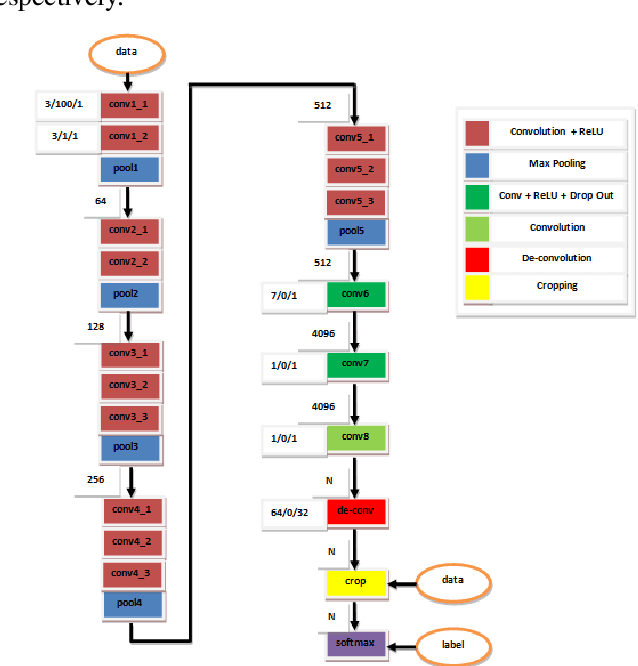
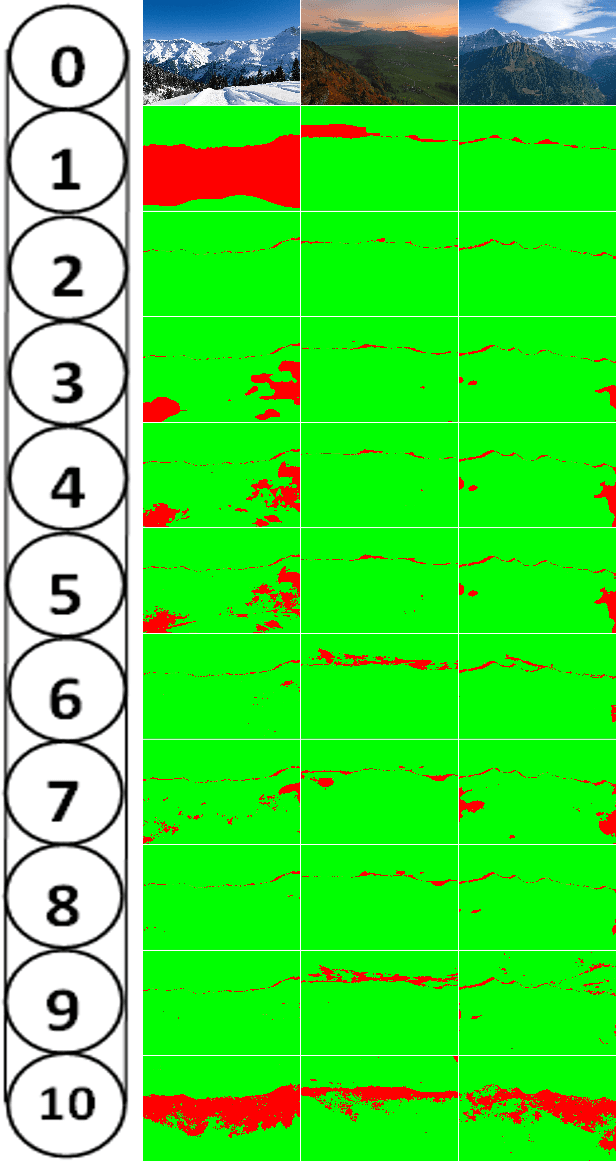
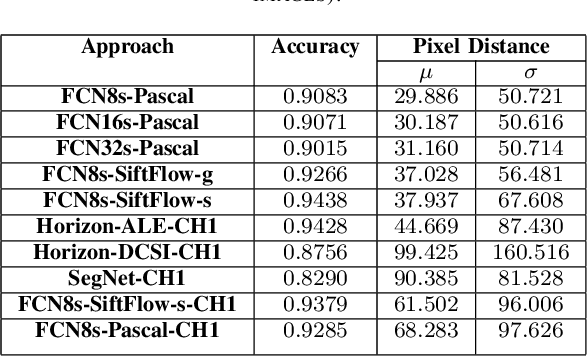
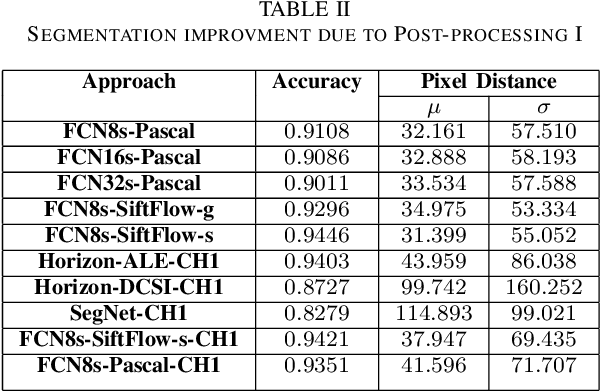
Abstract:Horizon or skyline detection plays a vital role towards mountainous visual geo-localization, however most of the recently proposed visual geo-localization approaches rely on \textbf{user-in-the-loop} skyline detection methods. Detecting such a segmenting boundary fully autonomously would definitely be a step forward for these localization approaches. This paper provides a quantitative comparison of four such methods for autonomous horizon/sky line detection on an extensive data set. Specifically, we provide the comparison between four recently proposed segmentation methods; one explicitly targeting the problem of horizon detection\cite{Ahmad15}, second focused on visual geo-localization but relying on accurate detection of skyline \cite{Saurer16} and other two proposed for general semantic segmentation -- Fully Convolutional Networks (FCN) \cite{Long15} and SegNet\cite{Badrinarayanan15}. Each of the first two methods is trained on a common training set \cite{Baatz12} comprised of about 200 images while models for the third and fourth method are fine tuned for sky segmentation problem through transfer learning using the same data set. Each of the method is tested on an extensive test set (about 3K images) covering various challenging geographical, weather, illumination and seasonal conditions. We report average accuracy and average absolute pixel error for each of the presented formulation.
Sign Language Tutoring Tool
Feb 18, 2008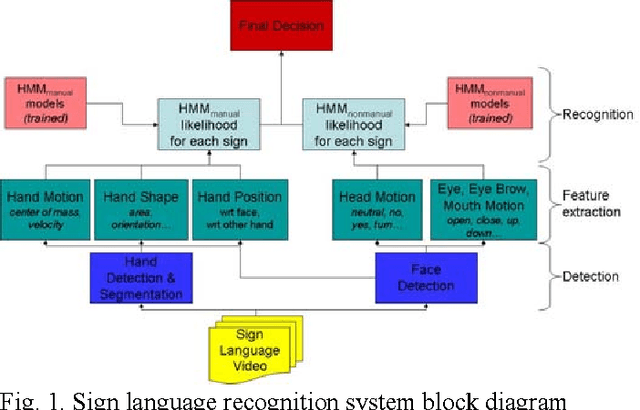
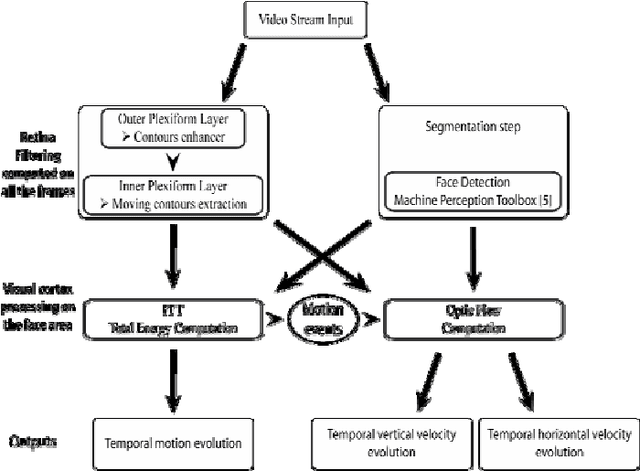
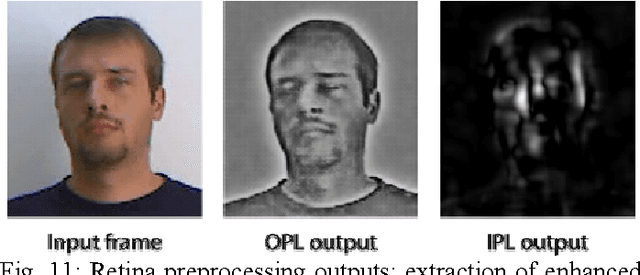
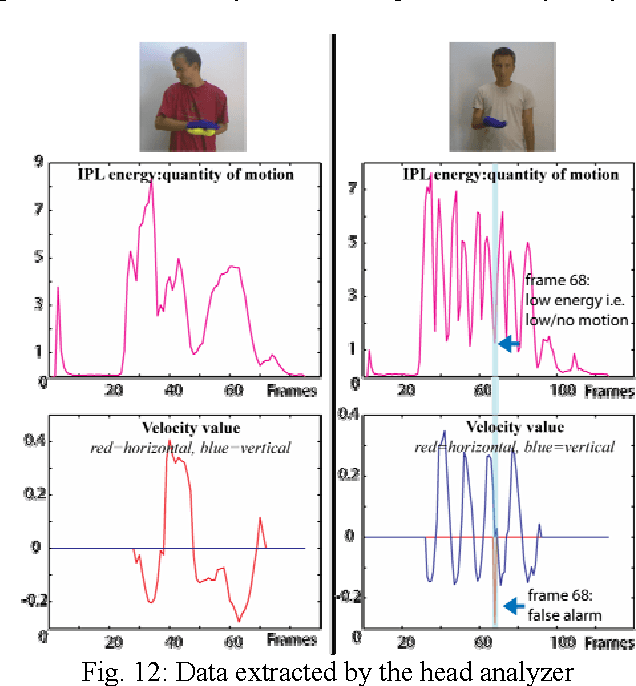
Abstract:In this project, we have developed a sign language tutor that lets users learn isolated signs by watching recorded videos and by trying the same signs. The system records the user's video and analyses it. If the sign is recognized, both verbal and animated feedback is given to the user. The system is able to recognize complex signs that involve both hand gestures and head movements and expressions. Our performance tests yield a 99% recognition rate on signs involving only manual gestures and 85% recognition rate on signs that involve both manual and non manual components, such as head movement and facial expressions.
 Add to Chrome
Add to Chrome Add to Firefox
Add to Firefox Add to Edge
Add to Edge